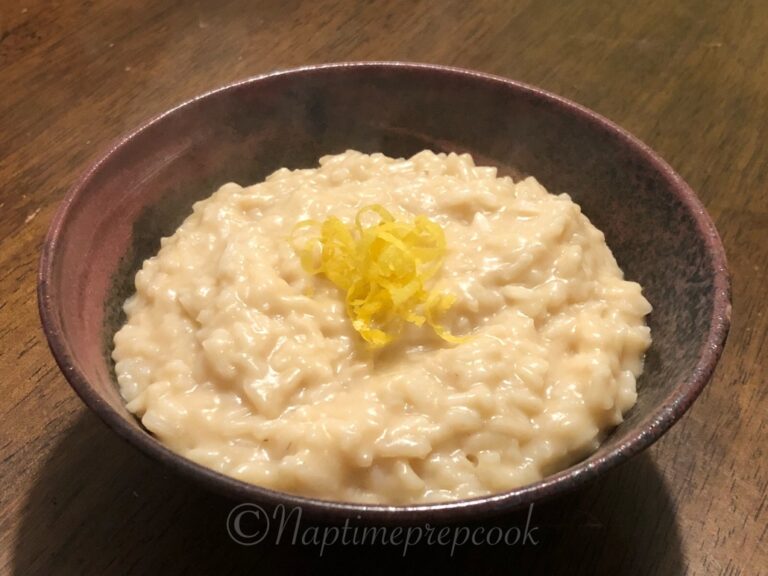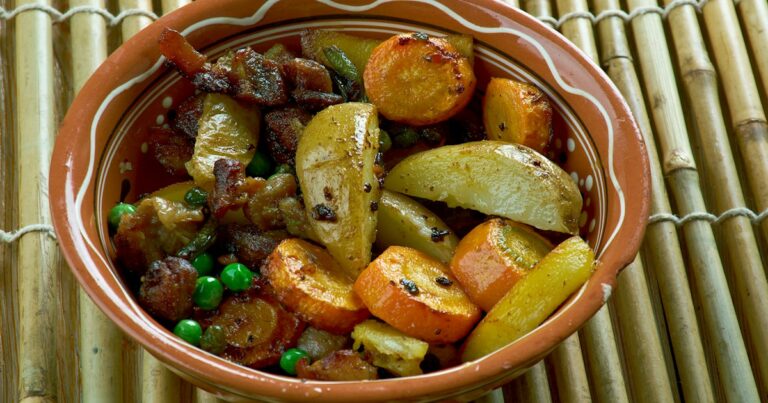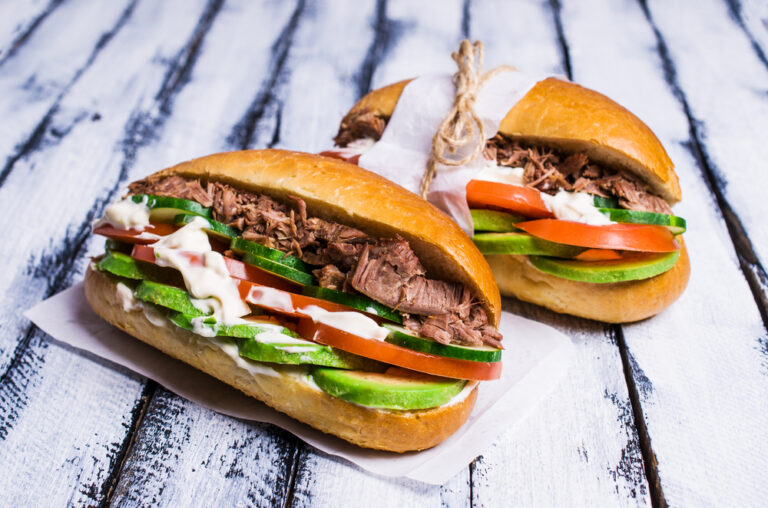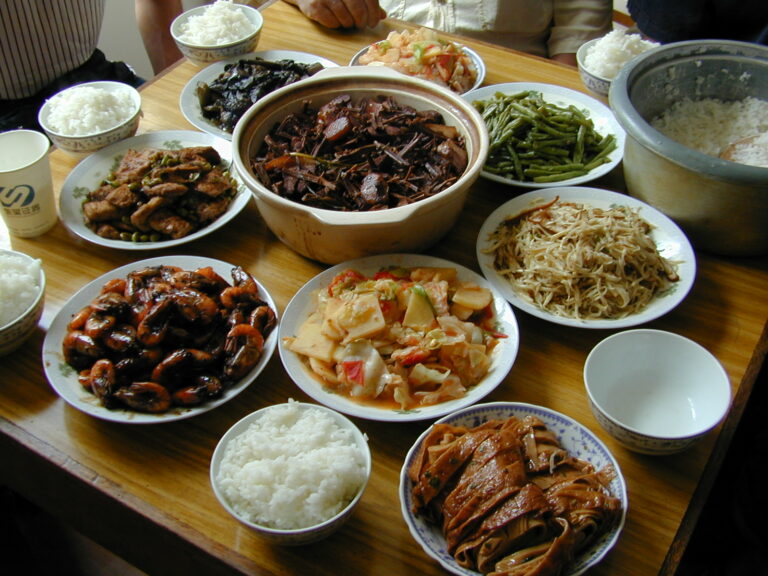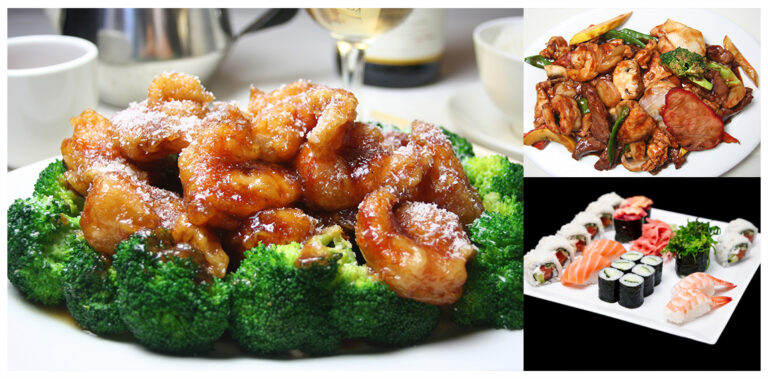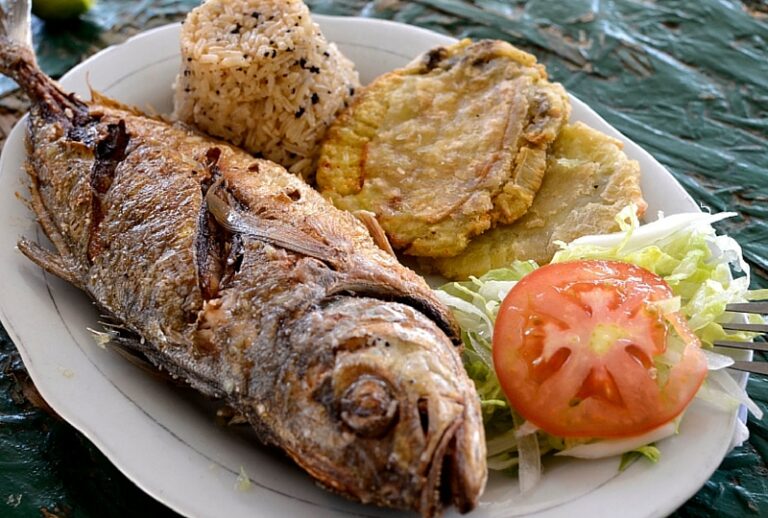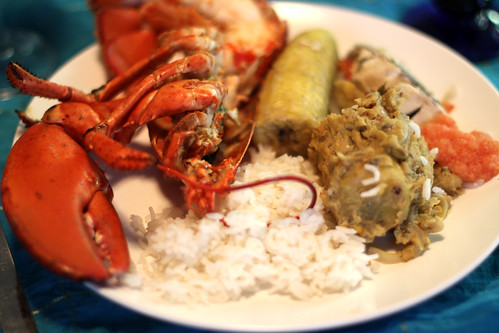Introduction to Central African Republic’s Street Foods
Central African Republic, located in the heart of Africa, offers a rich and diverse cuisine. The country’s street foods are a reflection of its cultural heritage, and travelers to Central African Republic often find themselves drawn to the delicious and exotic flavors that are available on the streets. From savory stews to sweet pastries, the street food scene in Central African Republic is a feast for the senses.
Fufu: A Staple Food of Central African Republic
Fufu is a popular street food in Central African Republic that is made from cassava, yam or plantain. The starchy root vegetables are boiled and then pounded into a smooth paste, which is then eaten with a variety of stews and sauces. Fufu is a staple food in Central African Republic, and it is often served with peanut sauce or ndolé, a spicy stew made with bitterleaf, peanuts, and meat or fish.
Saka-Saka: A Vegetable Delight on the Streets
Saka-Saka is a delicious and nutritious vegetable dish that is popular in Central African Republic. The dish is made from finely chopped cassava leaves, which are cooked with onions, tomatoes, and a variety of spices. Saka-Saka is often served with fufu and is a great option for vegetarians.
Boko-Boko: A Meaty Treat for Carnivores
Boko-Boko is a meaty street food in Central African Republic that is sure to satisfy any carnivore’s cravings. The dish is made from beef or chicken, which is marinated in a spicy sauce and then grilled over an open flame. Boko-Boko is often served with a side of fufu or plantains and is a popular street food among locals.
Kanda: A Hearty Bean Soup for All Seasons
Kanda is a hearty bean soup that is perfect for any season in Central African Republic. The soup is made from black-eyed peas, which are cooked with onions, garlic, tomatoes, and a variety of spices. Kanda is often served with a side of fufu or rice and is a great option for vegetarians.
Maboké: A Spicy Grilled Chicken on a Stick
Maboké is a delicious and spicy grilled chicken that is often served on a stick in Central African Republic. The chicken is marinated in a spicy sauce and then grilled over an open flame. Maboké is often served with a side of plantains or cassava and is a popular street food among locals.
Beignet: A Sweet Fried Pastry for Dessert
Beignet is a sweet fried pastry that is popular in Central African Republic. The pastry is made from flour, sugar, eggs, and milk, and is deep-fried until golden brown. Beignet is often served with a side of fruit or honey and is a great option for those with a sweet tooth.
Closing Thoughts on the Street Foods of Central African Republic
Central African Republic’s street foods are a reflection of its rich cultural heritage and offer a delicious and diverse range of flavors. From savory stews to sweet pastries, the street food scene in Central African Republic is a feast for the senses. Whether you are a vegetarian or a meat-eater, there is something for everyone to enjoy on the streets of Central African Republic.

